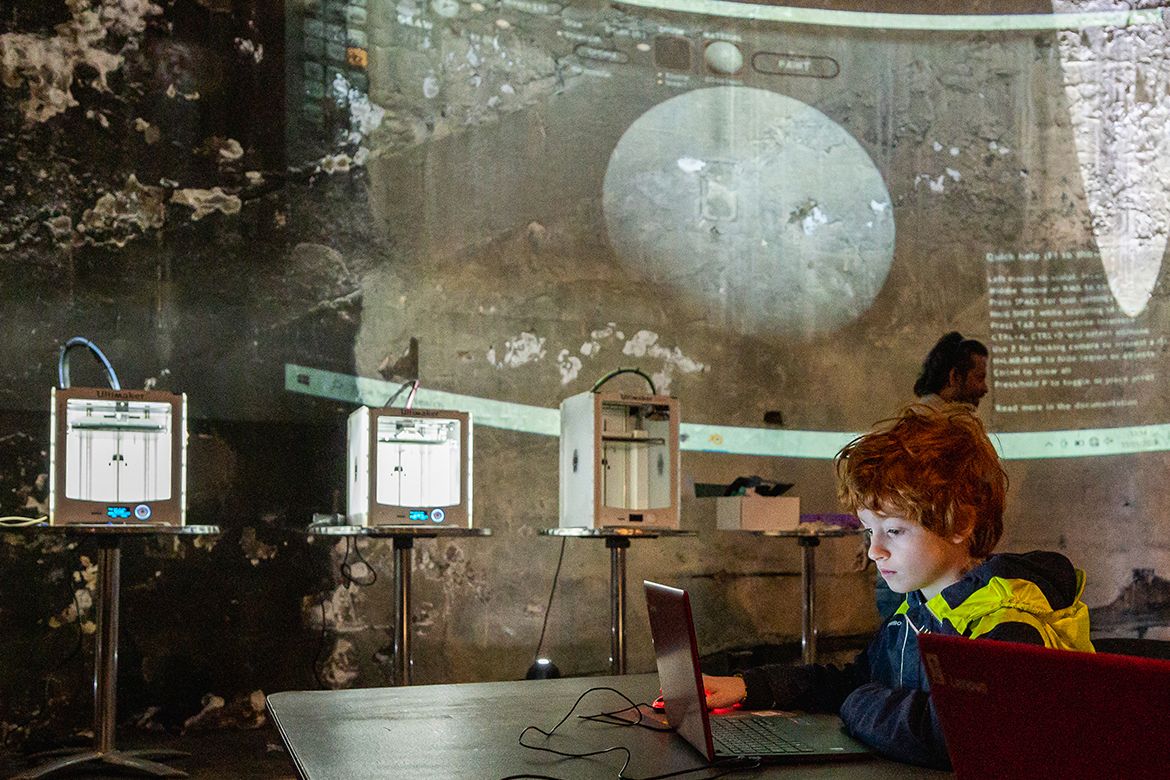The program will explore the science behind the Thames Tunnel, including how it was built underground, its architectural features, and Brunel’s wider engineering legacy. From craft to tech, through design and science, the Tunnellers Club aims to be a bridge (or should that be a tunnel?) between the young Rotherhithe community and the incredible story of the Thames Tunnel, the first underground tunnel under a navigable river in the world.
Established in November 2022, the “Tunnellers Club” is open to families and children and held at the Brunel Museum on a monthly basis.
Session 7 – More Virtual Tunnels / In collaboration with Bizzie Bodies CIC
• 14th May 2023
Time: 10:00am to 12:00pm
Recommended for children aged 7-11.
Due to the incredible demand for our Virtual Tunnels session, we have scheduled an additional one for families to discover and play with iPads and LiDAR software at the Brunel Museum, in collaboration with Bizzie Bodies CiC. Families will have the opportunity to use this technology to capture their surroundings and create a 3D model of real-life objects and environments through laser scanning. LiDAR technology, an acronym for Light Detection and Ranging, is commonly found in devices like smartphones, robot vacuums, and self-driving car prototypes. The virtual world can be viewed on laptops, providing an immersive experience for families.
Book tickets: https://www.artfund.org/explore/events/2023/05/14/tunnellers-club-session-7-more-virtual-tunnels
Session 8 – Discovering Density / in collaboration with STEMAZING ltd
- 4th June 2023
Time: 10:00am to 11:00am
Recommended for children aged 5-11.
Engineers need to understand the ground they are building on, or tunnelling in, to ensure that their designs will work in real life. In this session, families will explore the density of various materials and observe their interactions through a lava lamp experiment.
Book tickets: https://www.artfund.org/explore/events/2023/06/04/tunnellers-club-session-8-discovering-density
The programme is supported by the Royal Society’s Places of Science grant
Book Here
